- News
-
-
-
-
-
Latest News Articles
- WSB: Study tests accuracy of thermal drone surveys April 26, 2024
- Computer model explores Tribal use of fire for ecosystem health April 26, 2024
- 2024 TWS Elections: Southwest Representative April 25, 2024
-
-
-
- Wildlife Professional Resources
-
- Our Network
-
- PUBLICATIONS
-
-
Recent Posts
-
 The Wildlife Professional November/December Issue
November 1, 2023
The Wildlife Professional November/December Issue
November 1, 2023
-
-
-
-
-
-
- Wildlife Events
-
-
-
Upcoming Webinars
- No Events
-
-
-
- Who We Are
-
Tag: traditional ecological knowledge
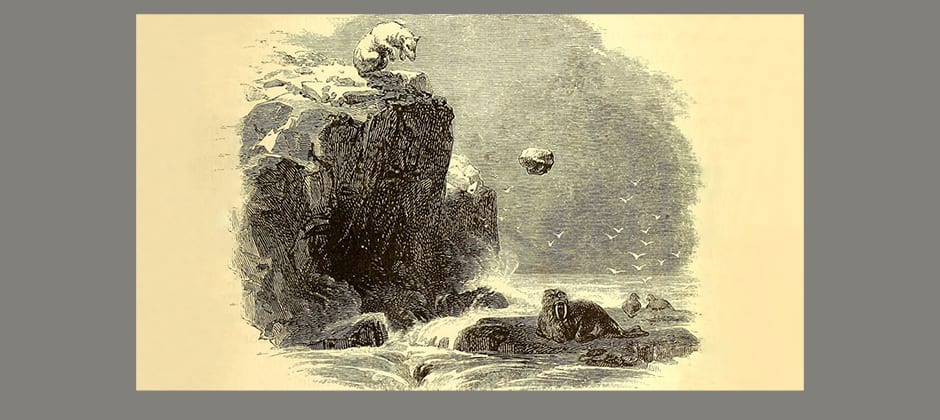
August 4, 2021
Do polar bears wield ice blocks to kill walruses?
In the eastern Canadian Arctic and Greenland, Inuit have told stories for centuries of polar bears using rocks and blocks of ice to bludgeon walruses to death. Naturalists discounted such...
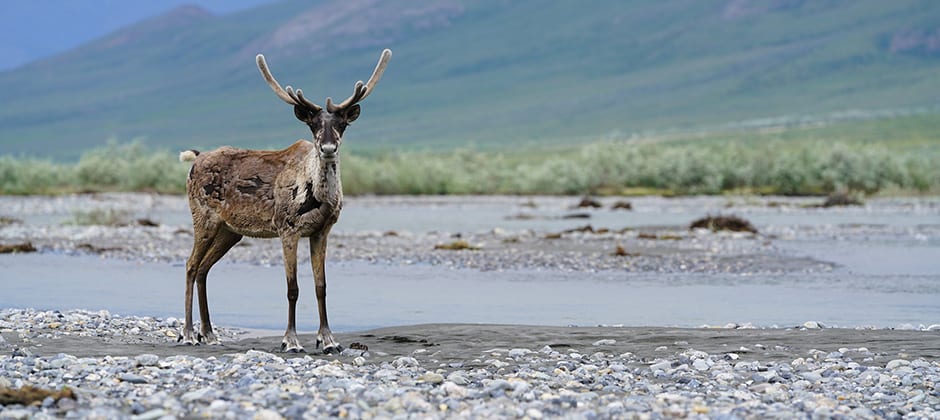
October 20, 2020
Indigenous observations track caribou through climate change
It started out as an international collaborative effort to track the potential effects of future oil and gas development on a large, migratory caribou population. But a decade worth of...
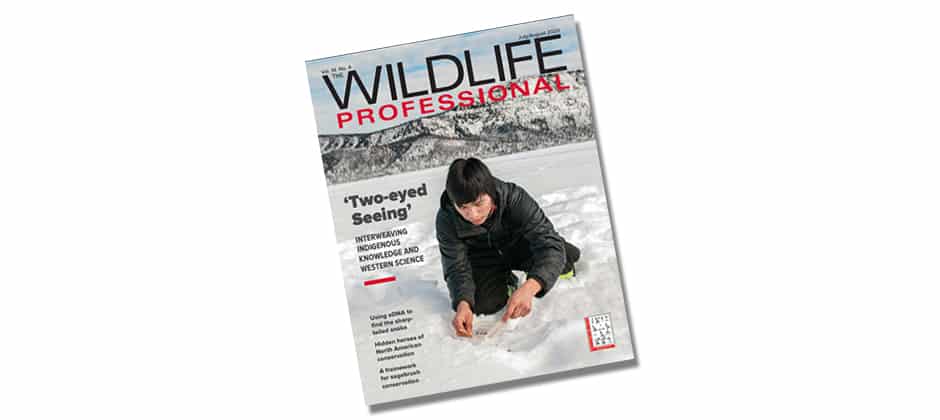
July 2, 2020
The July/August issue of The Wildlife Professional
The Wildlife Professional is an exclusive benefit of membership in The Wildlife Society. Published six times annually, the magazine presents timely research news and analysis of trends in the wildlife profession....
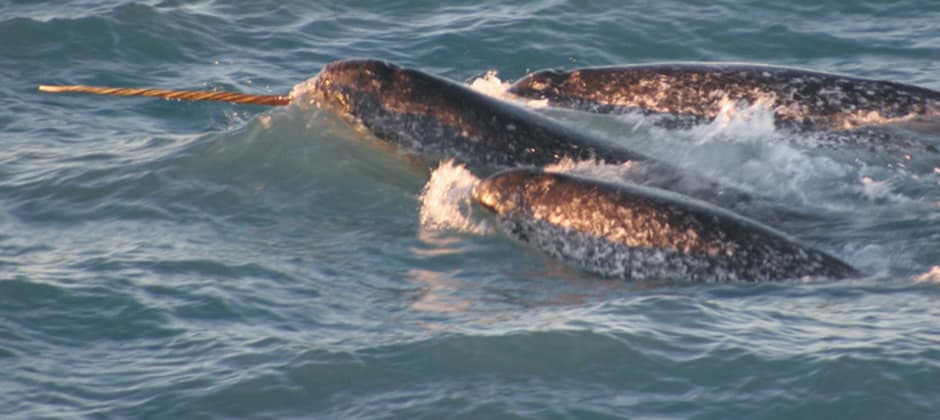
June 9, 2020
Inuit hunting techniques help researchers track narwhal
Inuit harpooners are helping researchers get close enough to narwhals to record their calls and observe their behavior. Narwhals (Monodon Monoceros) are skittish around humans, which makes it difficult for...
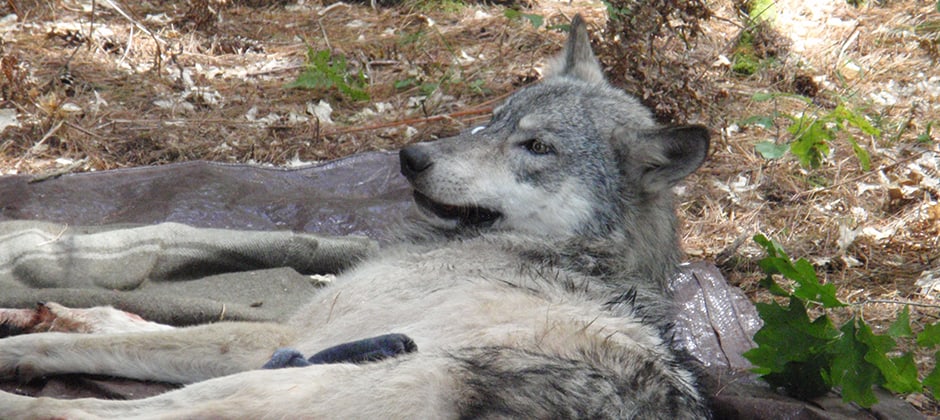
February 21, 2020
Symposium shares cultural importance of the wolf
Wildlife Services in Wisconsin recently benefited from a unique wolf symposium sponsored primarily by the Mashkiiziibil — the Bad River Band of Lake Superior Chippewa — as well as other...

July 19, 2018
WSB: Integrating traditional knowledge and wildlife work
Wildlife professionals have for years recognized the value of indigenous perspectives on conservation, but it can be difficult to conduct wildlife research while incorporating indigenous knowledge in a culturally sensitive...
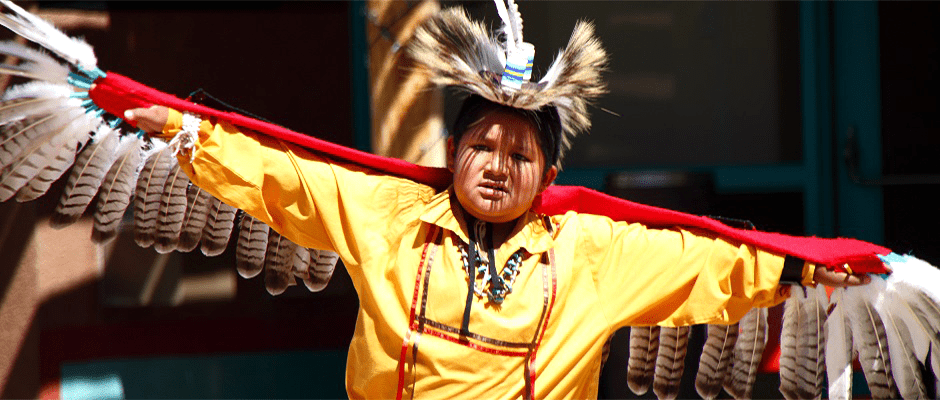
July 31, 2017
The Indian Pueblo Cultural Center: Glimpsing New Mexico’s cultural history
If you look at a map of the city of Albuquerque and surrounding areas, you would likely notice the multiple Native American reservations that dot the landscape north and south...
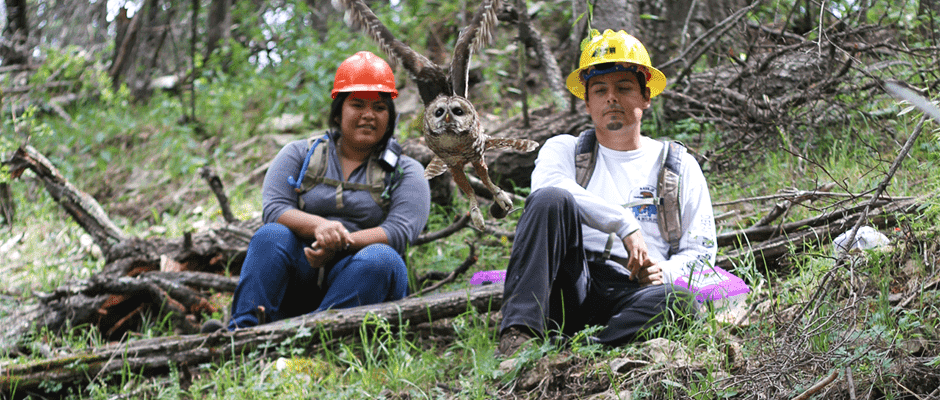
September 22, 2016
Recruiting next generation of Native American wildlifers
At sunset on a steep, north-facing slope at 7,500 feet, research assistants Chase Voirin (Navajo) and Elisha Flores (Hoopa) stood among massive Douglas-fir trees imitating the four-note territorial call of...

